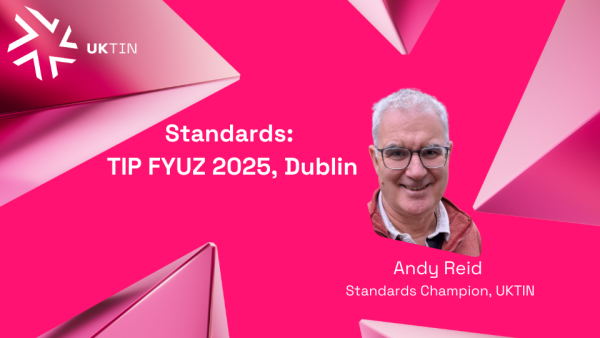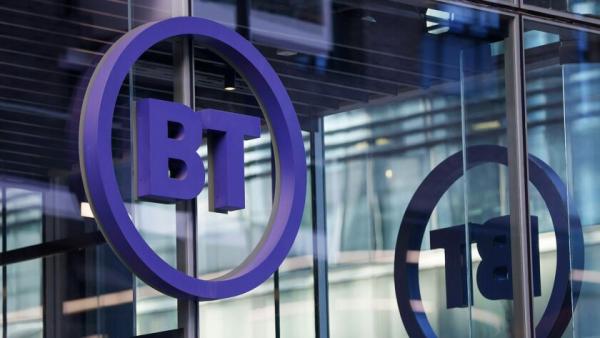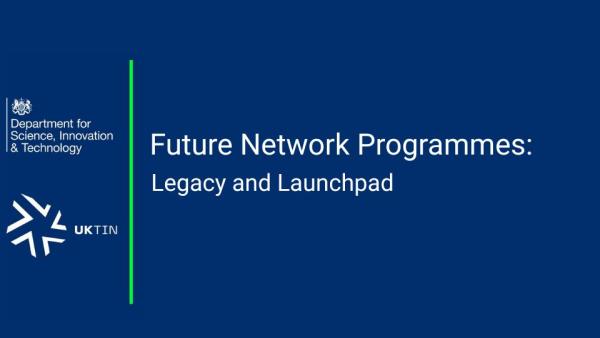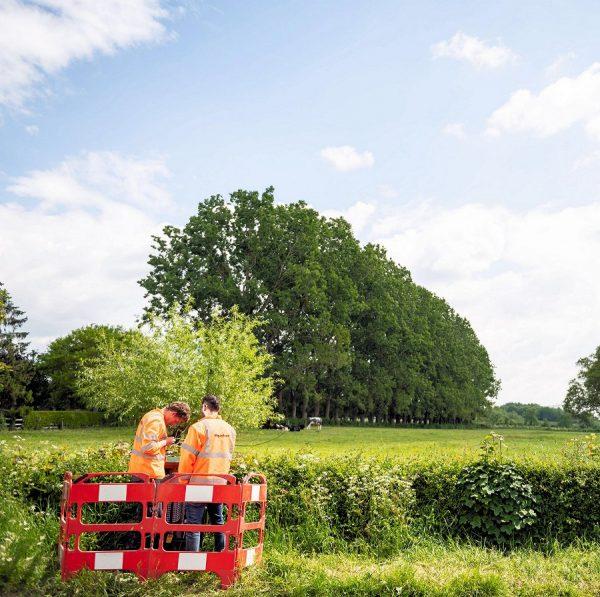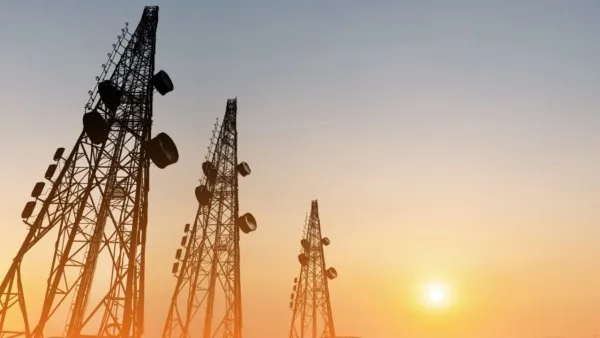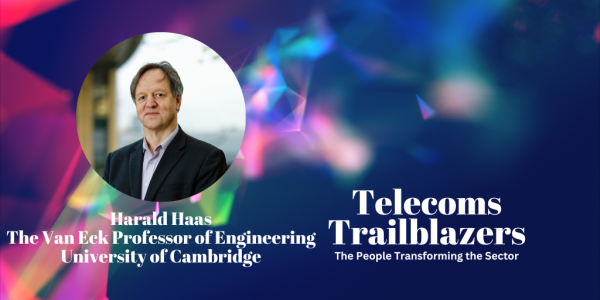Using small cell technology, which enhances 4G and 5G connectivity, Freshwave has been delivering an improved user experience for mobile users within the City of London pilot area. Read our interview with Simon Frumkin — the connectivity infrastructure-as-a-service provider’s CEO—to learn more.

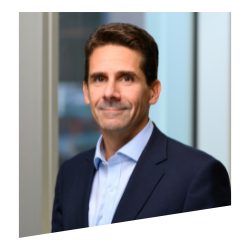
Simon Frumkin, CEO of Freshwave - the connectivity infrastructure-as-a-service provider.
1/ Please tell us more about the City of London pilot.
The objective of the trial is sharing, and the objective of sharing is bringing down costs. The neutral host network we developed, designed in close collaboration with all the UK mobile network operators, means the network can accommodate all four operators on 4G and 5G from day one with no adjustments to the infrastructure needed – a first for the UK. This will enable the cost of deployment to be reduced while allowing the network operators to retain full control of their customer’s experience.
Traditionally, in the UK and European markets, mobile telecoms networks and coverage have been delivered via macro network sites. This means big sites which are either sitting on the top of buildings and rooftops or tall masts typically 15-20 metres high. How do you achieve maximum coverage in that scenario? Lots of equipment with antennas as high as possible. But the problem operators have—especially in dense urban areas—is network traffic. The sites may be able to provide coverage, but they don’t have enough capacity to offer the best experience for their customers.
Whereas, if everything was smaller and positioned on a lamppost above street level, for example, it would be much easier to deploy. If we were to do this at scale, we could enhance the customer experience and increase capacity. This is the strategy in US cities already. But the problem is the cost. Operators have found that it is more or less the same price as deploying on a rooftop site, which offers greater coverage. However, by sharing, it becomes more affordable for the network operators.
To give a concrete example, I was at a meeting in south London yesterday, crossing Blackfriars Bridge and I was trying (and failing) to download a file. I was getting less than one Mbps. Literally 25 metres down the street—within sight of our small cell—I was getting between 70 to 80 Mbps. This is what this technology gives you. We just need to help the operators deploy it.
2/ Why is it significant?
Data consumption on mobile networks is increasing by 1 per cent a week. While city centres were already under capacity strain before the pandemic, there is significantly more data usage now. It is crucial that we find a solution so that people can enjoy a good user experience when they’re out and about. Our approach not only makes areas more appealing for people to use as they can keep in touch, but it does it in a way that keeps street clutter to a minimum and costs down for the mobile operators. And sharing infrastructure also helps from a sustainability perspective as it reduces equipment duplication and energy usage.
3/ What have you learned so far?
First and foremost, the feedback has been fantastic. Everybody has collaborated brilliantly and my team is working very closely with the mobile operators. We are ready to tackle this challenge and find worthwhile solutions. People are being proactive, which is great to see. I’ve been in the telecoms industry for 20 years and sometimes it can be hard to avoid the bad press. Customers complain about lack of coverage, or bills being too high. I’ve always thought of it as a fantastic industry with sincere people and to achieve a technical first like this, everyone must be creative and innovative. It’s such a pleasure to see a step-change project take shape. This roll-out will make a huge difference to the industry.
4/ What are the next steps?
We are currently live with two of the operators and shortly will be going live with a third. We hope the fourth will be live by the end of this year. The next steps are to continue to evaluate the trial. Then, the plan is to fully commercialise and roll it out across the City of London and further afield as the solution we’ve designed is repeatable.
5/ What is the one thing you’d like people to know about Freshwave?
We are here to help! Whether you’re working for a mobile operator, blue chip business, central government or a local authority, we can help you solve difficult connectivity problems. We do this collaboratively by working with all the necessary stakeholders. The neutral host approach is one that works, and it applies to not only large commercial buildings in the city but everything from co-working spaces to hospitals and government buildings. We understand everyone’s needs and have thought very carefully about the most pragmatic, sensible cost-effective way to achieve your requirements.

